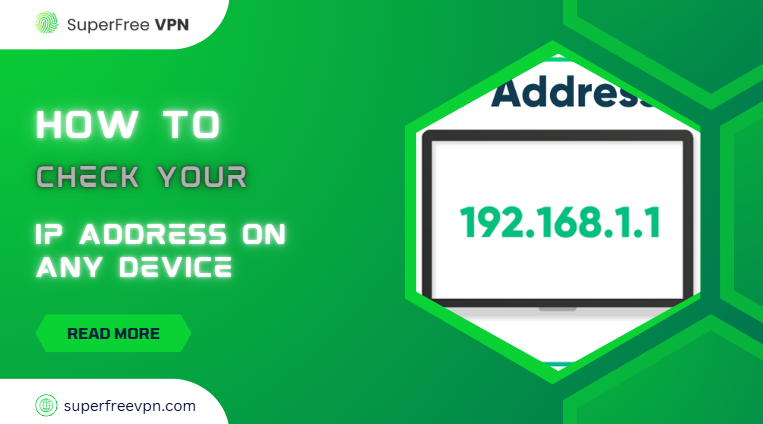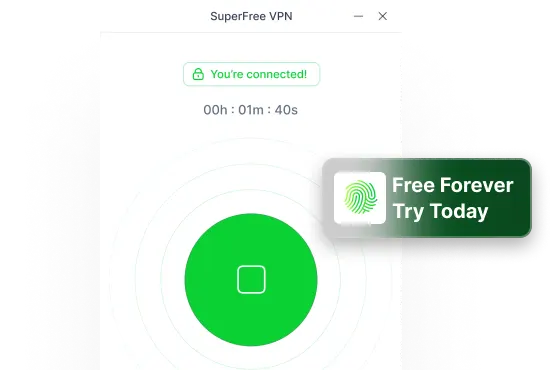With so many devices connected to the internet these days, knowing your Internet Protocol (IP) address is more important than ever.
Why? Because it helps you:
- Troubleshoot connectivity problems
- Check for security issues
- Understand how your device connects to the web
But let’s be real: the term “IP address” sounds way more complicated than it is.
Most people think finding a device’s IP address involves coding, difficult commands, or something out of a Hollywood movie.
Good news – it doesn’t. You don’t need to be a tech guru or network admin to find it.
Just stick with me – I’ll explain how to find your IP address on any device (Windows, Linux, Android, etc).
Cool. So, let’s dive in!
What is an IP Address? [Short Answer: Your Virtual Address]
In simple words, an IP address is a unique number that is used to identify your device once it’s connected to the internet.
Whether you use a smartphone, iPhone, tablet, laptop, or PC, your device is assigned an IP address – a combination of numbers or alphanumeric characters.
Suppose a postman wants to deliver your mail.
How do they know where to go? By using your home address.
In the same way, your IP address is like your device’s digital address. It tells websites and servers where to send the information you request – whether you’re streaming a video or browsing a webpage.
Types of IP addresses
There are four types of Internet Protocol Address you must be aware of:
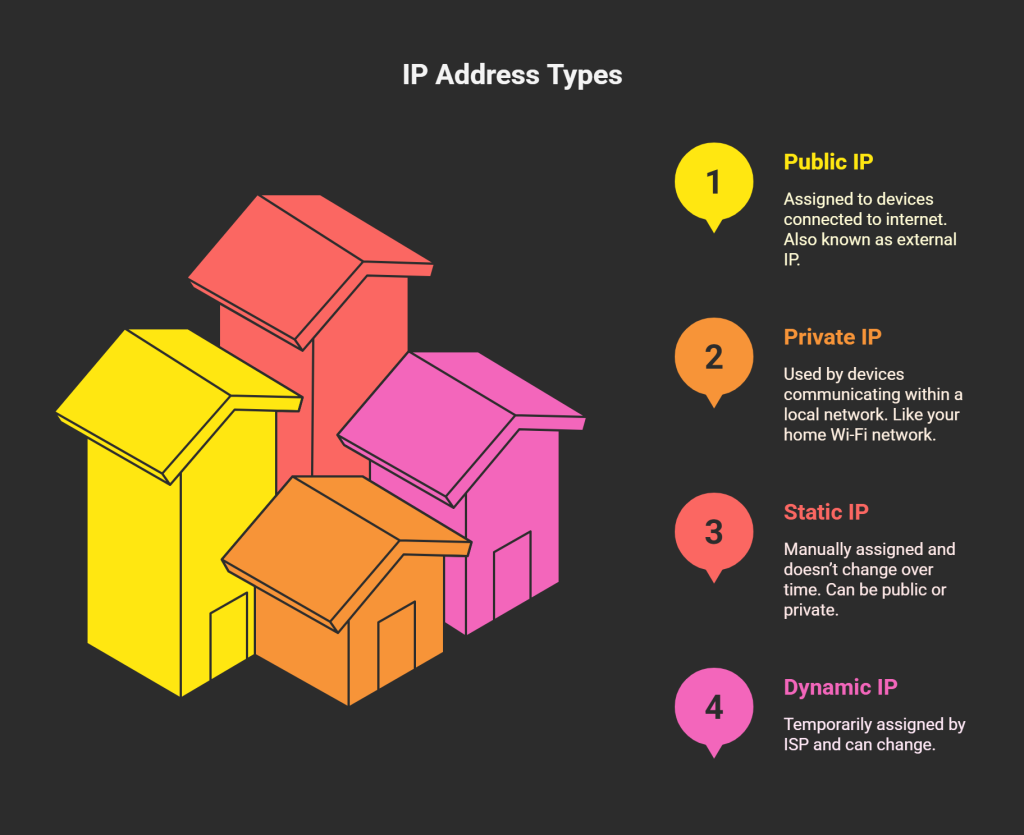
1. Public IP Address
Also known as an external IP address. It is assigned to each device connected to the internet.
2. Private IP Address
A private IP address is used by devices to communicate within a local network (like your home Wi-Fi)
3. Static IP Address
A static IP address is manually assigned and doesn’t change over time. It can be public or private, depending on the use case
4. Dynamic IP Address
A dynamic IP address is temporarily assigned by your Internet Service Provider (ISP) and can change over time
Note: For the sake of simplicity, I will focus on the steps for finding the private IP address.
How to Check Your Local IP Address on Windows
1. Steps for Windows 10/11 Users
If you are a Windows 11 user, here are the easy steps you need to follow:
Step 1: Open the settings with this shortcut: Windows + I
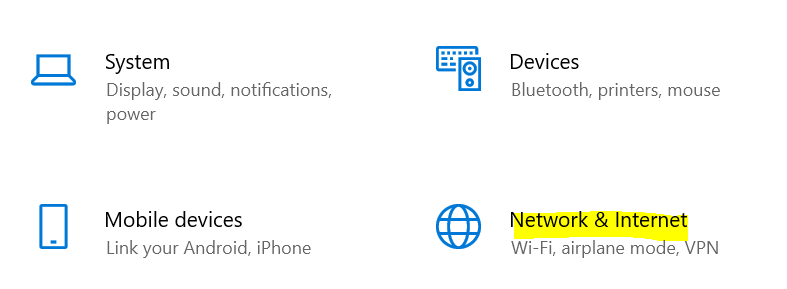
Step 2: Click on “Status” in the left pane
Step 3: Search for “Network Properties” and click on it
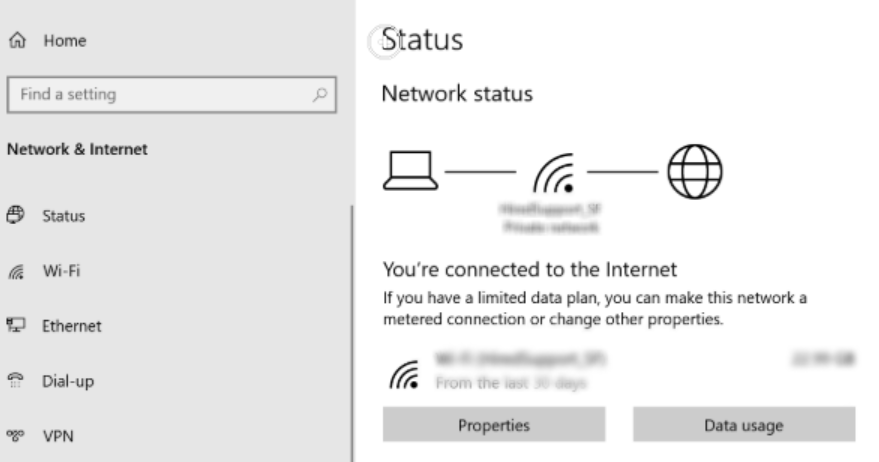
Step 4: Now, you will see your device’s private IP addresses (both IPv4 and IPv6), as shown in the image below

2. Find out your IP Address using Command Prompt
Want to check your IP address with the help of command prompt? Follow these steps:
Step 1: Click on the Windows icon and search for Command Prompt by typing “cmd”
Step 2: Now, open command prompt
Step 3: Simply use this command to find your device’s IP address: ipconfig to view your device’s local IP address.

How to Check Your Local IP Address on Linux
If you are a Linux user and are searching for a simple method to check your IP address, you have come to the right place – all you have to do is follow these steps:
Step 1. Search for and open the Linux terminal
Step 2. Enter this simple command: ip addr
Step 3. Now you can locate your device’s IPv4 address from the output:

How to Check Your Local IP Address on Android
What to do if you have an Android smartphone and want to locate the IP address? Don’t worry, the process is just as simple.
Although the process can vary by smartphone, I’ll show you how to check the IP address using my Redmi phone.
Step 1. Go to your mobile’s settings
Step 2. Search for “WiFi” settings and tap on it
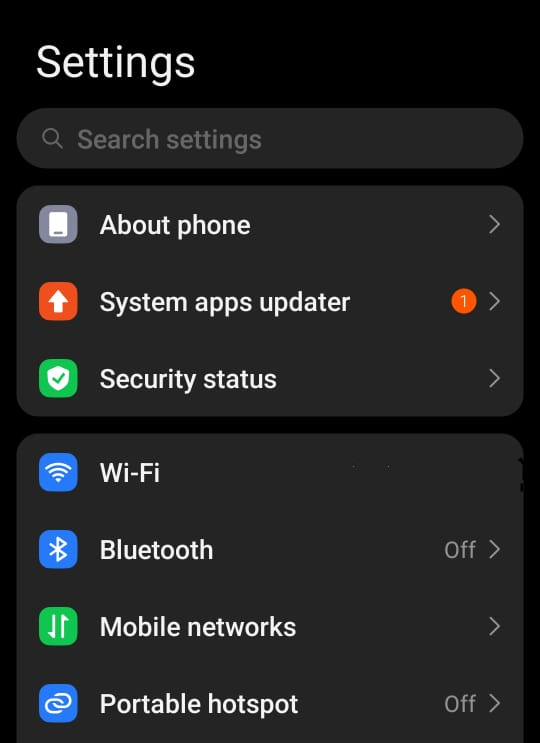
Step 3. Find the network you are connected to (it will be highlighted or mentioned at the top)
Step 4. Open the settings of this particular WiFi connection
Step 5. Scroll down, and you will find the IPv4 and IPv6 IP addresses under the heading “IP address.”

How to Check Your Local IP Address on iPhone
If you are searching for a way to find the private IP address of your iPhone, keep on reading:
Step 1: Open your device’s settings and tap on “Wi-Fi” settings
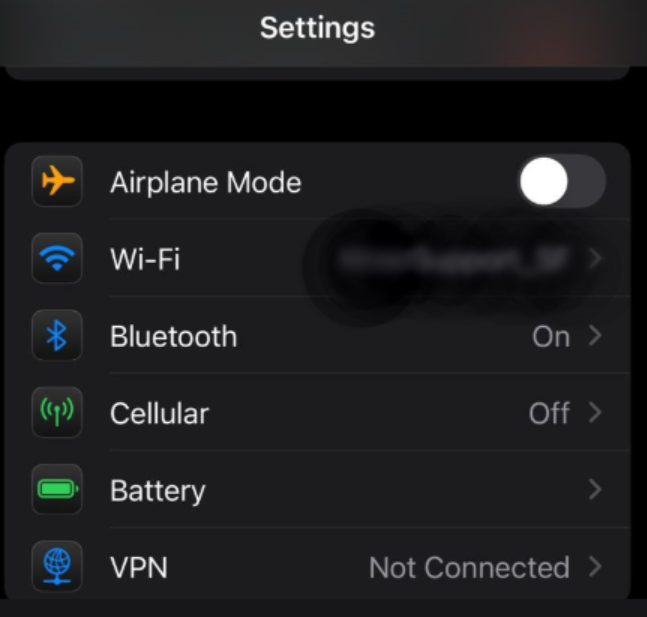
Step 2: In the next screen, you will find the WiFi connection your device is linked to.
Step 3: Click on the “info” icon at the extreme right for more details
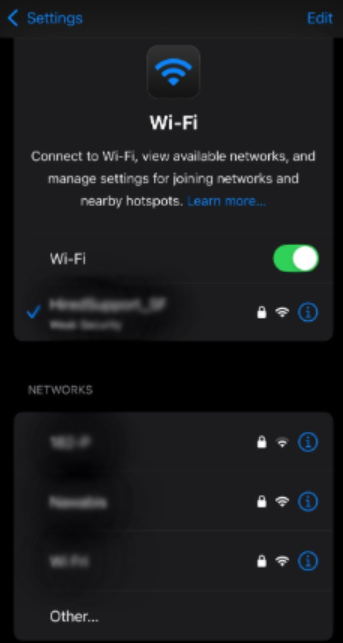
Step 4: Now, scroll down to the “IPv4 Address” section on the screen. Here you will be able to locate the local IP address and other relevant information.
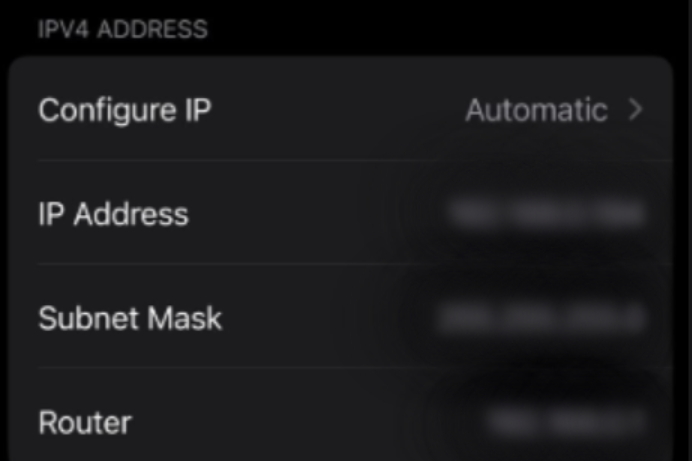
Final Thoughts
Finding the local IP address assigned to your device is easier than it might seem – just follow a few simple steps, and you’ll have it in no time.
No matter what device you’re using, checking your IP address is completely possible and straightforward.
If you’re concerned about your public IP address and the potential exposure of your online data, consider using a trusted tool like SuperFree VPN. It offers access to premium features at no cost, helping you browse more securely and privately.

